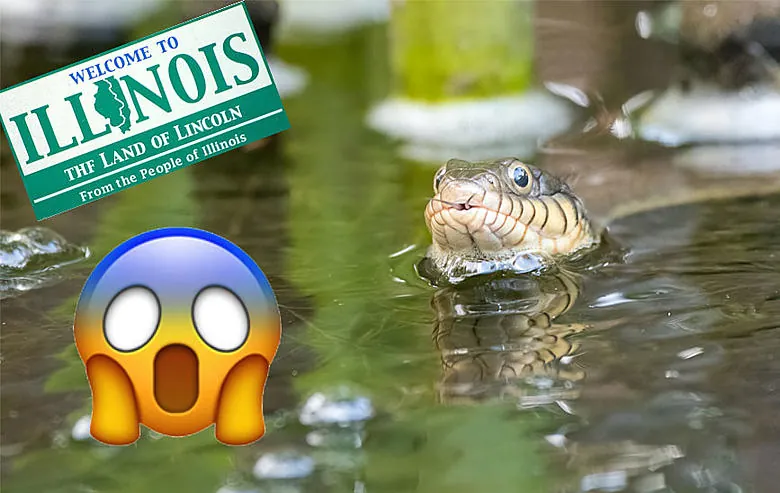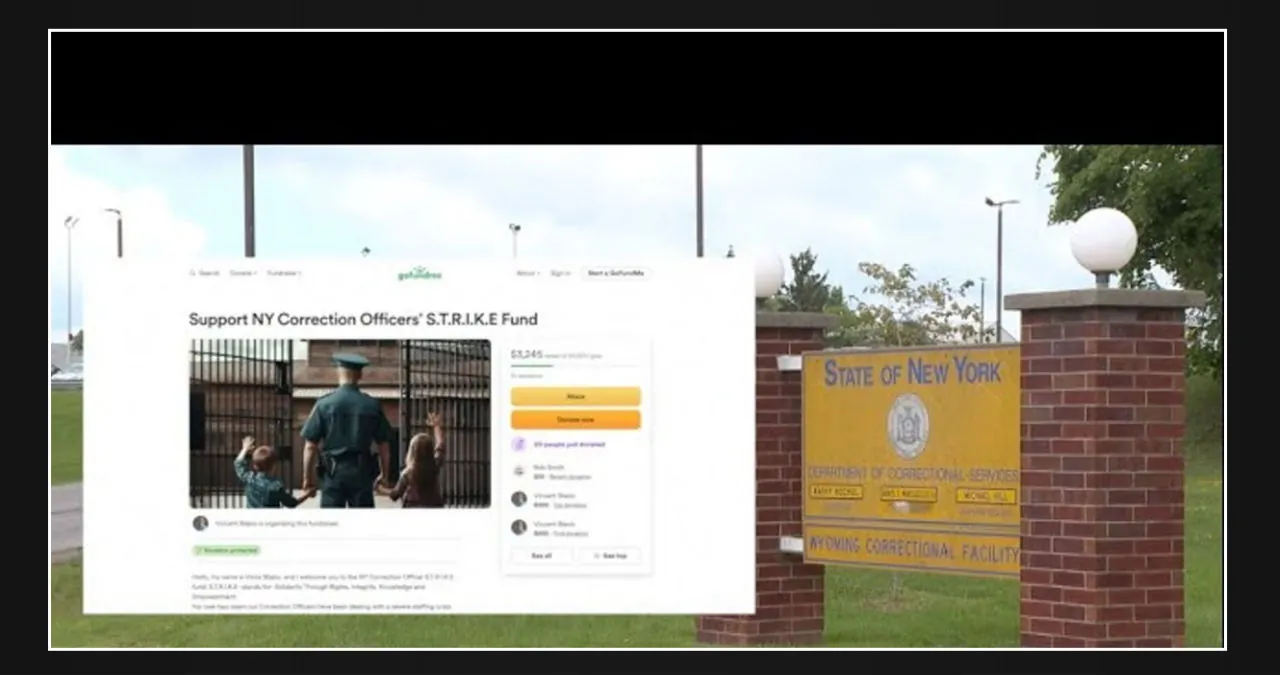Illinois is home to a diverse range of wildlife, and among them are several snake species that thrive in the state’s various aquatic environments. For outdoor enthusiasts, campers, and fishermen, encountering snakes can be an unnerving experience. Understanding which lakes in Illinois are known for higher snake activity can help you prepare and take necessary precautions. This article explores the most snake-infested lakes in Illinois in 2024, offering insights into snake species, lake conditions, and safety tips.
Understanding Illinois’ Snake Species
Illinois hosts a variety of snake species, both venomous and non-venomous. Common species include:
- Eastern Garter Snake (Thamnophis sirtalis): A harmless species often found near water.
- Northern Water Snake (Nerodia sipedon): Frequently spotted in aquatic environments; while not venomous, they can be aggressive if threatened.
- Copperhead (Agkistrodon contortrix): A venomous species found in some areas of Illinois, though less common around lakes.
- Timber Rattlesnake (Crotalus-horridus): Another venomous species, primarily found in forested areas but occasionally near water bodies.
Understanding the difference between venomous and non-venomous snakes is crucial for managing encounters effectively. Non-venomous snakes, like the Garter Snake, are generally harmless, while venomous species, such as the Copperhead and Timber Rattlesnake, pose a greater risk and require immediate medical attention if bitten.
Criteria for Identifying Snake-Infested Lakes
Several factors contribute to high snake populations around lakes:
- Habitat Availability: Lakes with abundant vegetation, submerged logs, and dense undergrowth provide ideal habitats for snakes.
- Prey Availability: Lakes that support a diverse array of wildlife, including frogs, fish, and small mammals, attract snakes in search of food.
- Water Quality: Healthy lakes with stable ecosystems tend to support larger populations of snakes.
Geographic and environmental conditions also play a role. Lakes situated in rural or less frequently visited areas may have higher snake populations due to fewer human disturbances.
Top Snake-Infested Lakes in Illinois
1. Lake Shelbyville
- Location and Significance: Lake Shelbyville, located in central Illinois, is a popular destination for fishing, boating, and camping. The lake spans over 11,000 acres and is surrounded by wooded areas and rolling hills.
- Snake Species Commonly Found: The lake is known for its high populations of Northern Water Snakes and Eastern Garter Snakes. These species thrive in the lake’s diverse aquatic environment.
- Recent Reports and Statistics: Recent surveys and local reports indicate a noticeable increase in Northern Water Snake sightings around Lake Shelbyville. The lake’s abundant vegetation and warm water temperatures create ideal conditions for these snakes.
2. Rend Lake
- Location and Significance: Rend Lake, located in southern Illinois, is a major recreational area covering approximately 18,900 acres. It is renowned for its fishing, boating, and wildlife observation opportunities.
- Snake Species Commonly Found: Rend Lake is home to a variety of snake species, including the Northern Water Snake and the Eastern Garter Snake. The lake’s extensive shoreline and aquatic vegetation provide ample habitat.
- Recent Reports and Statistics: Recent reports from local parks and recreation departments highlight frequent sightings of Northern Water Snakes, particularly in areas with dense vegetation and shallow water.
3. Lake Springfield
- Location and Significance: Lake Springfield, situated near the capital city of Springfield, covers approximately 4,200 acres. It is a popular spot for boating, fishing, and picnicking.
- Snake Species Commonly Found: Lake Springfield is known for its populations of Northern Water Snakes and Eastern Garter Snakes. The lake’s relatively shallow waters and abundant aquatic plants support these species.
- Recent Reports and Statistics: Local anglers and park officials have reported an increase in Northern Water Snake encounters, particularly in the lake’s marshy areas.
4. Clinton Lake
- Location and Significance: Clinton Lake, located in central Illinois, spans around 4,900 acres. It is known for its fishing and boating activities, as well as its scenic surroundings.
- Snake Species Commonly Found: Clinton Lake hosts Northern Water Snakes and Eastern Garter Snakes. The lake’s combination of open water and vegetation creates a suitable environment for these species.
- Recent Reports and Statistics: Recent data from local wildlife agencies indicate a steady presence of Northern Water Snakes around Clinton Lake, with occasional sightings of Eastern Garter Snakes.
5. Chain O’Lakes
- Location and Significance: The Chain O’Lakes, a series of interconnected lakes in northeastern Illinois, covers approximately 7,500 acres. It is a popular destination for boating, fishing, and outdoor recreation.
- Snake Species Commonly Found: The Chain O’Lakes is known for its high populations of Northern Water Snakes and Eastern Garter Snakes. The interconnected lakes and numerous wetlands provide ideal habitats.
- Recent Reports and Statistics: Recent reports from local environmental groups and park authorities highlight a significant presence of Northern Water Snakes, particularly in areas with dense aquatic vegetation.
Safety Tips for Dealing with Snakes
- Be Aware of Your Surroundings: When visiting lakes known for high snake populations, stay vigilant and pay attention to your surroundings. Avoid walking through tall grass or dense vegetation without proper footwear.
- Use Proper Footwear: Wear sturdy, closed-toe shoes or boots when walking around lake areas. This can provide protection against snake bites.
- Avoid Disturbing Snakes: If you encounter a snake, do not attempt to handle or provoke it. Most snake bites occur when people try to capture or kill snakes.
- Keep Your Distance: Maintain a safe distance from snakes and avoid getting too close. If you see a snake, give it plenty of space to move away.
- Know Basic First Aid: Familiarize yourself with basic first aid procedures for snake bites. In case of a bite, seek medical attention immediately and keep the affected area still and below heart level.
Conclusion
Illinois’ lakes offer a wealth of recreational opportunities, but they also provide suitable habitats for various snake species. By understanding which lakes are most snake-infested, you can better prepare for outdoor activities and minimize the risk of encounters. Remember to stay vigilant, follow safety guidelines, and respect wildlife. With the right precautions, you can enjoy the natural beauty of Illinois while staying safe and informed.
This Article Includes







